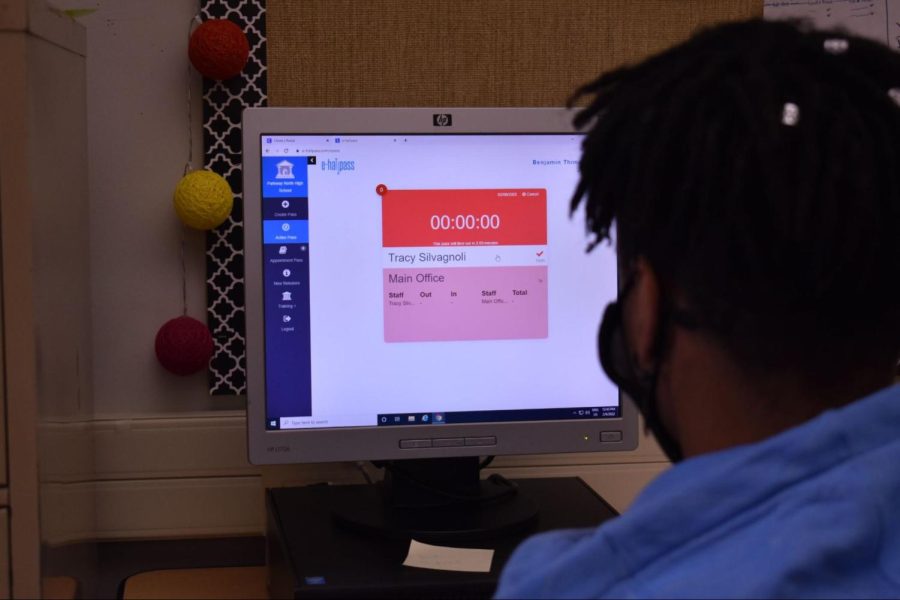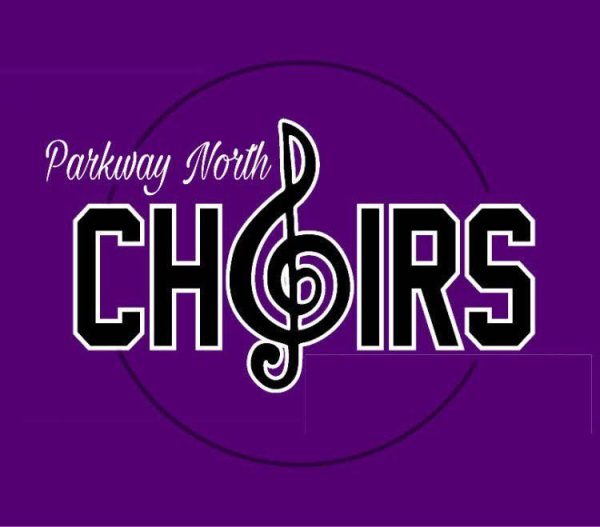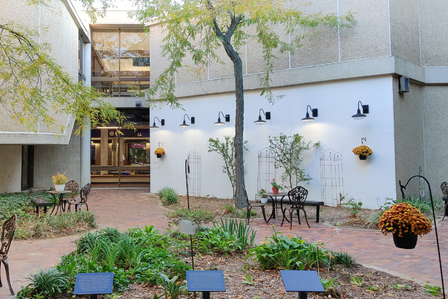Policies spark controversy at North
The beginning of the second semester saw policy changes for students across the Parkway School District. The changes, which went into effect at the beginning of January, addressed cell phone usage in class and the introduction of the E-Hallpass system.
Previously, hall pass policy varied from classroom to classroom. Some teachers used Google Forms in order to document when students left classrooms, and others used a paper pass system that was in place before the return to in person school.
E-hallpass, which is hosted on student portal Clever—home to multiple other programs used for education—is a website dedicated to tracking student movements during class.
Any student that needs to leave class for the restroom, school nurse or any other purpose must go to the website and choose both starting location and destination, which is then approved by teachers and timed.
Students were introduced to the program within the first days of the semester, with multi-page packets dedicated to showing how the website works, accompanied by a handful of videos showing use.
“Students have been slowly figuring out how to get on the system,” art teacher Christa Ollingersaid. “I haven’t had any issues with the website so far, but students aren’t able to fill out a pass for two places at once.”
While E-Hallpass is helpful in terms of contact tracing for reducing COVID cases for students, many students are upset about the fact that the website is inconvenient for both students and teachers. Furthermore, this relatively extensive system slows down a process which distracts students from learning.
“I have to go back to my computer to approve the pass.” Ollinger said. “It is not always that easy to do when I am doing something in class or working with students. It is not the end of the world, but it is pretty inconvenient.”
The login process, as well as the requirement for teachers to approve passes, often takes longer than students would like.
“I just wish it was easier to use,” Junior Ameir Solomon said. “I think it’s important to keep track of students, but I don’t think it is the best way to do it.”
On the other hand, the introduction of new cell phone policy hopes to standardize restrictions on phone usage for students in class while still giving teachers and students flexibility to use phones for educational purposes.
The policy gives teachers three cards to be hung on the wall for students to see. The green pass gives students the freedom to use phones in class without restriction. Yellow lets students use phones for educational purposes, such as a calculator or for accessing school resources. Red completely restricts usage.
“Phones should be allowed in school,” business teacher Russell Vincent said. “As far as the new policy, I’m ok with it because it allows us as teachers the ability to have discretion… I am okay with students using phones in class most of the time.”
AP Language students voiced their opinion on the phone usage in video projects.
“I usually use my phone and headphones to do assignments,” Junior Amirah Gumbs said in one such video. “It makes it clear that phones should be allowed in school if they are used as a tool for learning.”
The flexibility that the policy gives students and teachers, as well as the standardization across the school, has been generally well-received so far, especially since it’s not very restrictive.
“Obviously, students should not be on their phones during important times in class,” Junior Dominic Oldani added. “Teachers have the total right to take their phone away if that is what they think is necessary, or if student phone usage is inappropriate.”

I am Benjie Thimangu, and I am a senior. This is my fourth year with Norsestar. I like to play basketball and other sports outside of school.

















